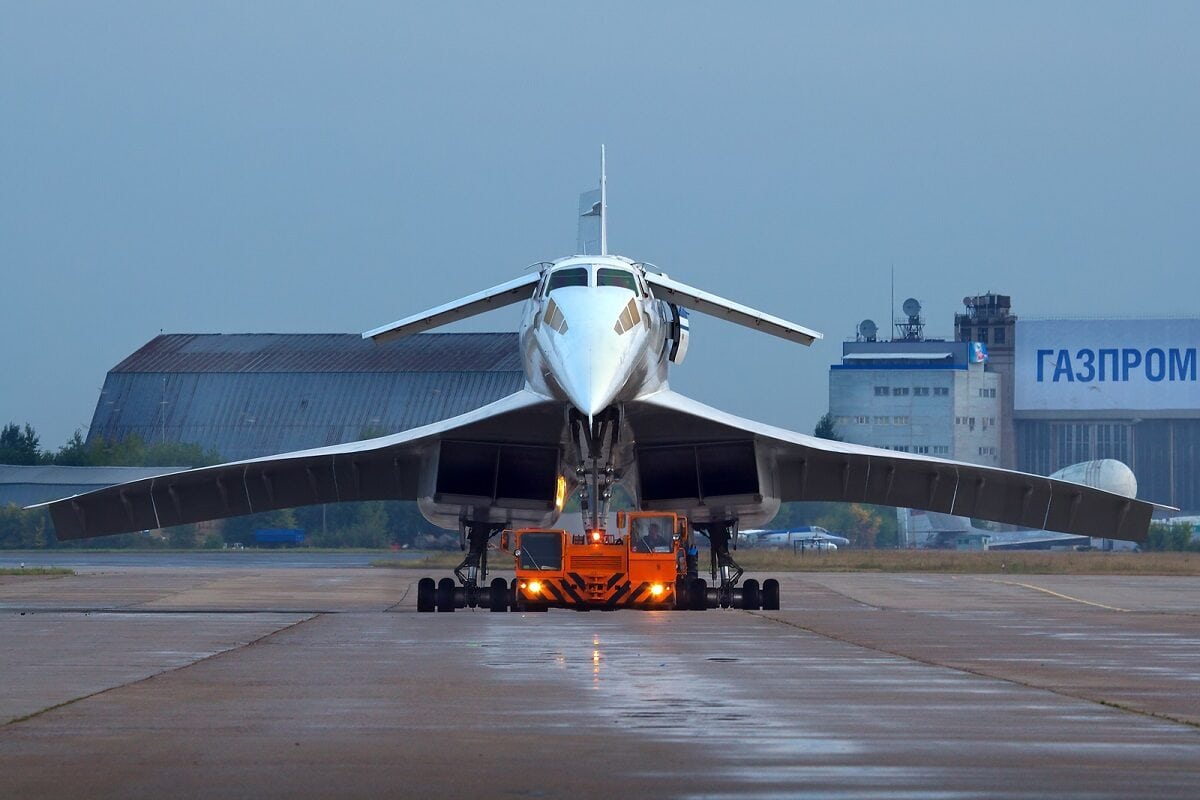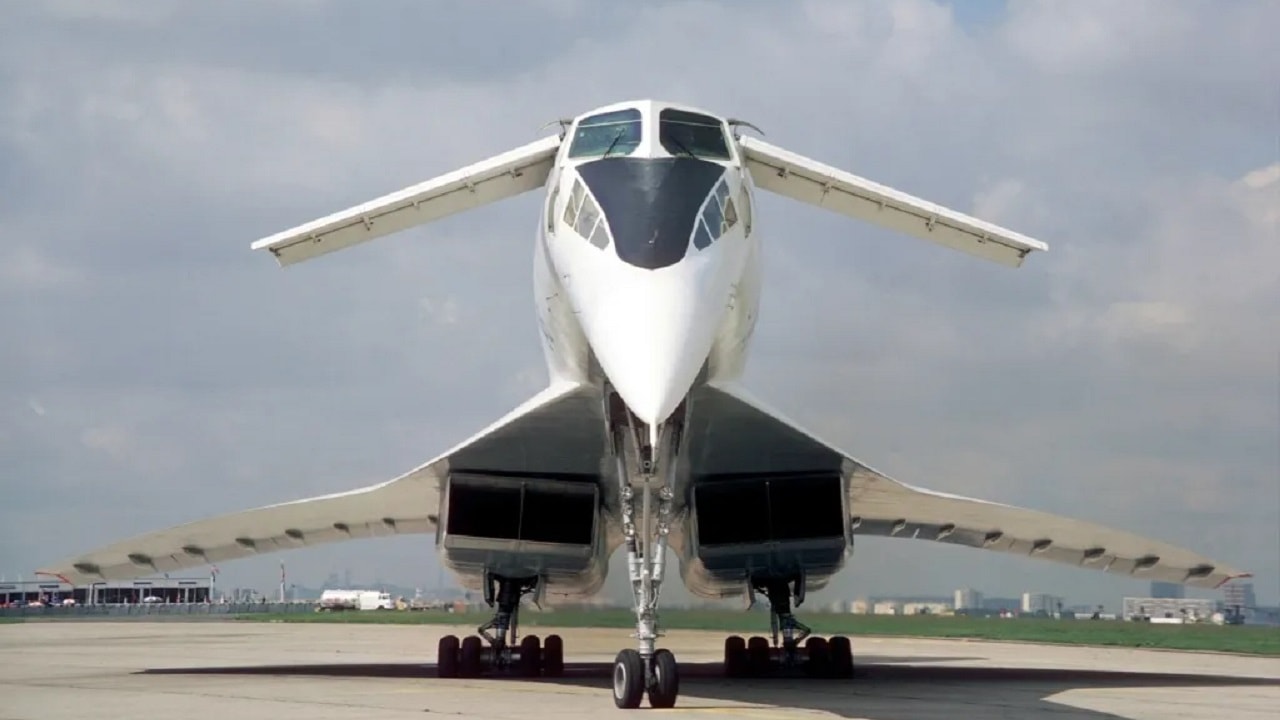In its heyday, the supersonic Concorde airliner could carry passengers across the Atlantic Ocean in under three hours. As the first airliner fitted with analog fly-by-wire flight controls, the famous Franco-British plane could maintain supercruise up to Mach 2.04.
While the Concorde did not fly for long, it retains an aura of legend. What aviation buffs may not know, however, is that the Soviets once had a Concorde of their own.
Nicknamed the “Communist Concordski,” the Tupolev-144 actually flew before the Concorde. Like its Western counterpart, the Tupolev’s time in the skies was brief.
Introducing the Tupolev-144
In the 1950s and 1960s, Soviet officials recognized the importance of supersonic travel, considering the vast size of their territory. Further, Soviet officials wanted to stay one step ahead of the U.S. in aerospace and technological development — creating a supersonic airliner would fit this goal. These considerations culminated in the design of the Tu-144.
In 1962, the Tu-144 was publicly announced in the Technology of Air Transport magazine. Within a year, development began, after the Council of Ministers greenlighted the aircraft’s design. The Tupolev and the Concorde looked very similar, but they were not identical. Notably, the Soviet airliner featured a pair of “canards,” or winglets positioned directly behind the cockpit. These provided extra lift and improved handling at low speeds.
Safety issues cut short the Tupolev’s career. Indeed, over its lifetime, only half of the Tu-144’s roughly 100 flights carried passengers.
On June 3, 1973, a Tu-144 crashed at the Paris Air Show. Nearly a quarter of a million spectators gathered at the exhibition to view the airliner. When the flight crew tried to perform a steep climb maneuver, the airframe became overstressed and broke up mid-air. All six crew members onboard were killed when the plane came crashing down.
As detailed by The Aviation Geek Club, “The crash delayed the Tu-144 development. The aircraft in fact was introduced into passenger service on Nov. 1, 1977, almost two years after Concorde. In May 1978, another Tu-144 (an improved version, named Tu-144D) crashed on a test flight while being delivered, and the passenger fleet was permanently grounded after only 55 scheduled flights. The aircraft remained in use as a cargo plane until 1983. The Tu-144 was later used by the Soviet space program to train pilots of the Buran spacecraft, and by NASA for supersonic research.”

Head-on view of a Tupolev Tu-144.
The Concorde faced a similarly tragic service life. On July 25, 2000, one of the Anglo-French airliners crashed and burned. All 109 people onboard were killed when a tire from the landing gear blew out after striking a piece of metal on the runway, causing the rubber shards to hit a fuel tank and ignite a fire.
About the Author
Maya Carlin, a Senior Editor for 19FortyFive, is an analyst with the Center for Security Policy and a former Anna Sobol Levy Fellow at IDC Herzliya in Israel. She has by-lines in many publications, including The National Interest, Jerusalem Post, and Times of Israel. You can follow her on Twitter: @MayaCarlin.
From the Vault
Total Massacre’: Ukraine Footage Shows Russian Cruise Missile Shipment Attacked

